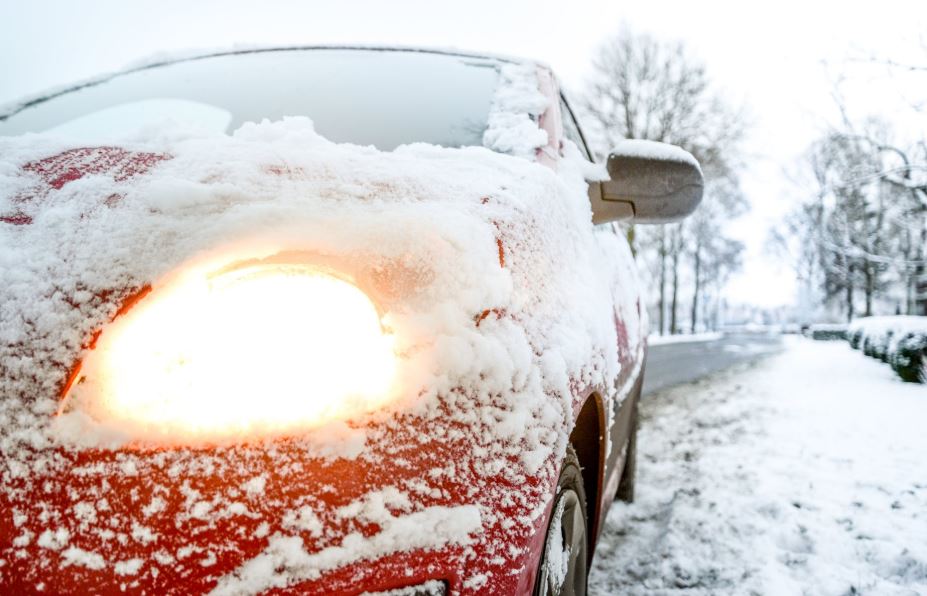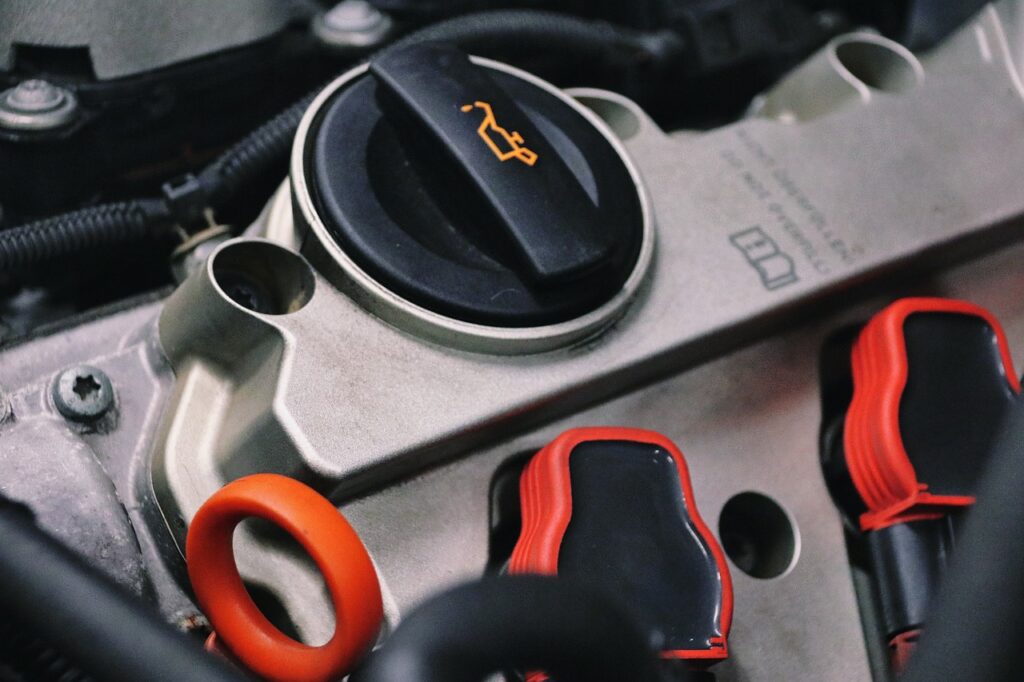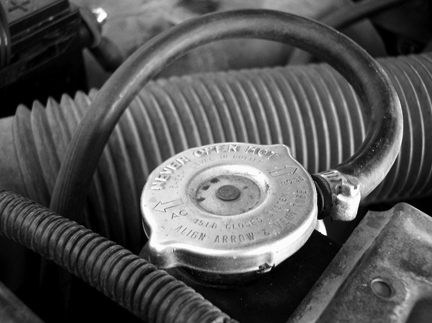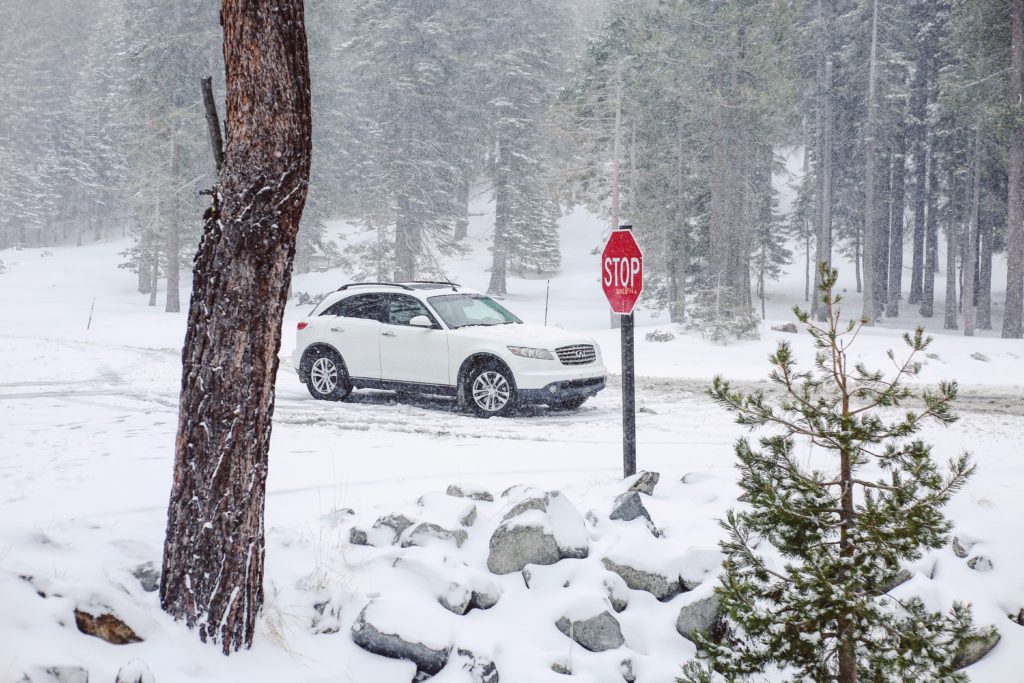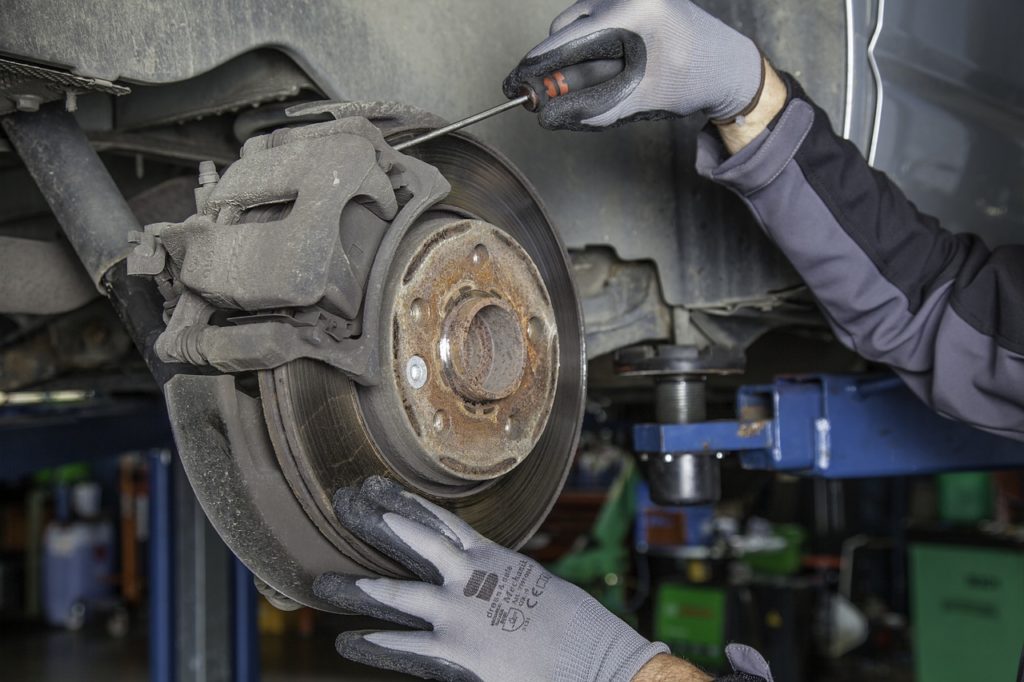As a driver, taking care of your vehicle is essential not only for its longevity but also for your safety on the road. But with all the things we have on our minds, calendars, and to-do lists, vehicle maintenance is easy to forget. Unfortunately, if you put off taking care of your car for too long, it will remind you when it breaks down or has another issue.

Proper vehicle maintenance not only saves you money in the long run but also ensures that your car performs optimally. To save yourself hassles down the road, pay attention to these five essential vehicle maintenance tips that every driver should know:
1. Monitor Tire Pressure
Correctly inflated tires not only contribute to better fuel efficiency, they also enhance vehicle handling and safety. In fact, underinflated tires can increase the risk of blowouts and reduce traction, especially in adverse weather conditions. Invest in a reliable tire pressure gauge and check your tire pressure at least once a month.
2. Have Brake Maintenance Done
It is easy to understand why brakes are one of the most critical safety features of any vehicle. We all depend on them to perform properly every day, but in the meantime, brake components are subjected to wear and damage. Brake pads, rotors, and brake fluid levels should be regularly inspected. Squealing noises or a soft brake pedal are signs that your brakes may need attention. Addressing brake issues assures your car will be able to stop quickly, protecting you and your passengers from potential danger.
3. Schedule Regular Oil Changes
Oil is the lifeblood of your engine, keeping its components lubricated and running smoothly. It is easy to forget that oil degrades over time and requires proper maintenance. Neglecting oil changes can lead to engine wear and even failure, resulting in costly repairs. Be sure to follow the manufacturer’s recommendations for oil change intervals, typically every 5,000 to 7,500 miles.
4. Check Fluids Regularly
While you or your favorite mechanic are under the hood checking that oil, make sure the other fluids your vehicle relies on for smooth operation are where they need to be. These include transmission fluid, coolant, brake fluid, and power steering fluid. Check these fluids regularly and top them off as needed. Leaks or low fluid levels can cause mechanical problems and compromise vehicle performance.
5. Follow Your Recommended Routine Maintenance Schedule
Confused about what maintenance your car really needs and when it needs it. Who would know better than its manufacturer? Always refer to the manufacturer’s recommended maintenance schedule outlined in your owner’s manual. This schedule typically includes tasks such as replacing filters, inspecting belts and hoses, and checking the battery. Adhering to this schedule helps to keep your vehicle in peak condition and helps prevent unexpected breakdowns.
By staying proactive with your vehicle maintenance, you not only extend the life of your car but also ensure your safety and the safety of others on the road. Incorporate these essential maintenance tasks into your routine, and you’ll enjoy a smoother, safer driving experience for years to come.
